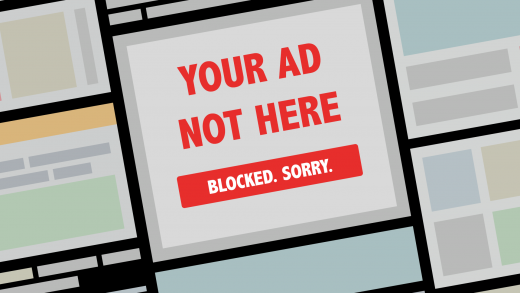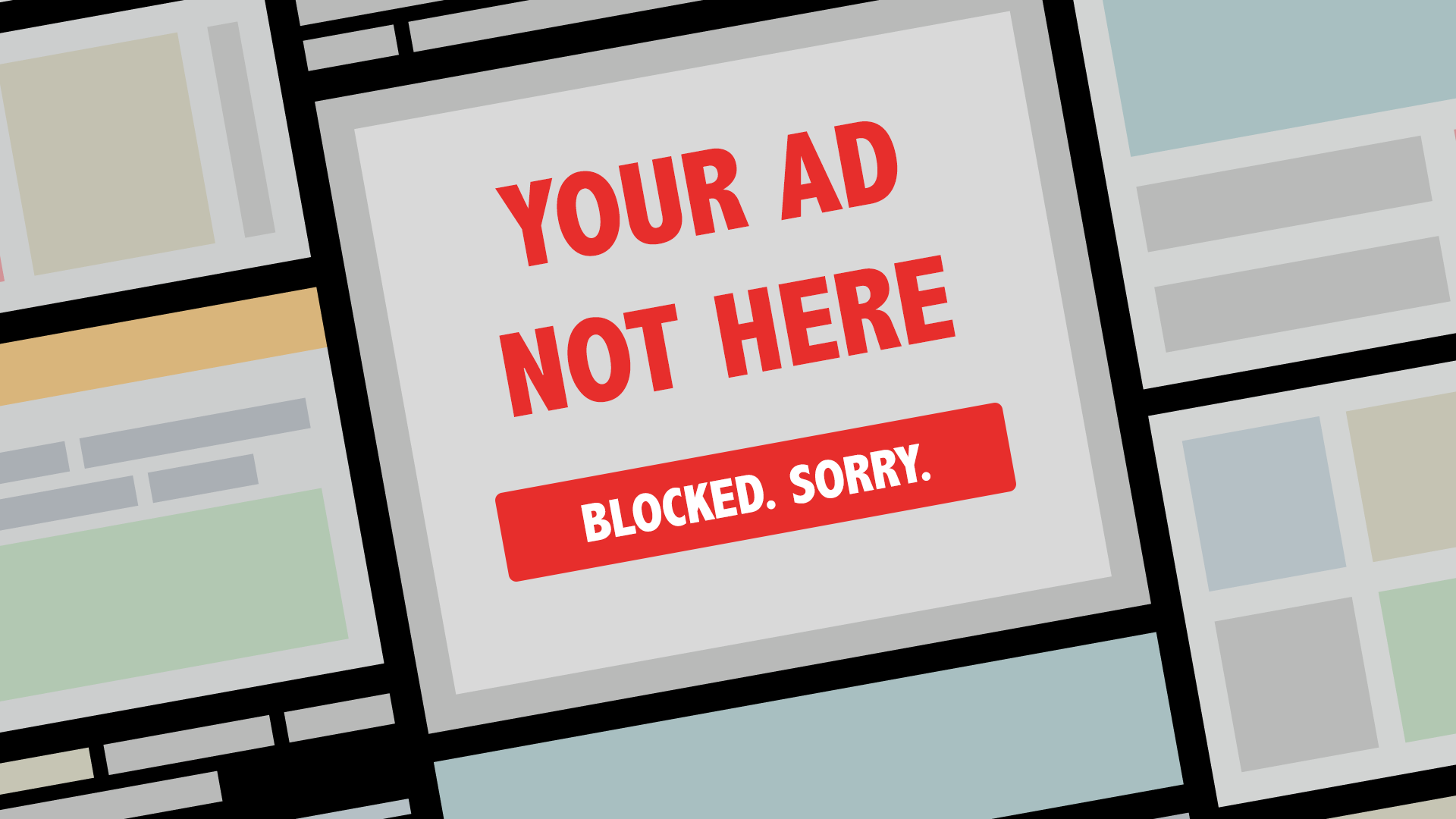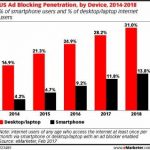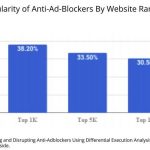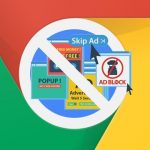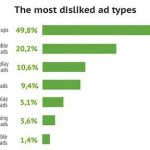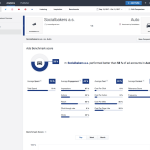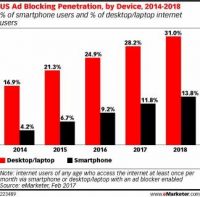Publishers are not detecting most ad blockers, says company behind new ad blocking solution
San Francisco-based Streamwize tested PageFair and several other detectors, and found that they only see about 20 percent of ad blockers.
This week, marketing tech company Streamwize is releasing a new product to help publishers deal with ad-blocking users. But, in preparing for its release, the San Francisco-based company said it discovered something essential: Publishers are only detecting a small percentage of the ad blockers used by their site visitors.
The new product, Adtoniq, helps publishers detect blockers and then offers remediation, like asking visitors to disable the blocker or suggesting they subscribe to ad-free versions of content. And, the company says, it can detect nearly 100 percent of ad blockers, while it found that other detectors — notably the popular PageFair — detect only about 20 percent.
To prepare for Adtoniq’s release, Streamwize founder Gary Portney told me, his company set up a test website and employed PageFair, one of the most widely used detectors of ad blockers. Streamwize then visited this site with 10 different ad blockers from desktop and mobile devices, generating about 300 test instances.
The result: only two of the 10 ad blockers were identified by PageFair. That is, this popular ad detector had an 80 percent failure rate.
He added that Streamwize also tested detectors Oriel, SourcePoint and the Interactive Advertising Bureau’s open source detection script, although not as extensively as for PageFair. But the results thus far are essentially the same: they only see a small portion of the blockers.
Streamwize says that an independent tester conducted the same tests separately — and separately found the same results.
“We have found that, currently, [ad blockers are] not accurately being detected or measured today,” Portney said. “So all the reports and articles on the number of ad blockers, revenue being lost, [and so on] should be questioned.”
“We believe most other detection technology [besides PageFair],” he added, including off-the-shelf, open source, and homegrown, also “significantly fail to accurately recognize many of the ad blocking technologies.”
Wildly underestimating?
Specifically: Only Adblock Plus and Adblock Browser for Android were detected, while AdBlock, AdBlock Plus Content Blocker for iOS, Brave Browser, Ghostery, Opera desktop with built-in blocker, Opera Mini with built-in blocker, uBlock Origin and UC Browser went undetected.
If the tests are correct, then publishers are wildly underestimating the number of desktop and mobile site visitors that are employing ad blockers. This means that publishers are not only missing the impact of the blockers, but they are not able to consistently counter ad blockers with anti-blockers or with efforts to convince visitors to disable them.
Streamwize says that its newly released Adtoniq has a detection rate around 100 percent because it approaches detection in a unique way. Here’s a screen shot:
For every website, Adtoniq will try to load a secret ad it has placed with an ad network into its own ad unit that simulates an ad unit on the site. If it doesn’t load, there’s an ad blocker.
This delays page loading by about a tenth of a second, Streamwize says, and is not perceptible to the user. Portney added that, “as far as we know, no one else is doing this.”
Other detectors are trying to do an analysis of whether ads on the website page actually load, Portney told me, but most ad blockers are designed to hide what they are doing. But they don’t see this hidden ad loading.
Adtoniq has been in private beta for six months. For the previous four years, Streamwize’s primary product was a content management system.
In response to Streamwize’s claim, PageFair sent us this statement:
“PageFair’s free analytics detects the use of all the most popular adblock extensions as they are configured by the vast majority of users. Our analytics network measures billions of pageviews across the globe every month.”
[Read the full article on MarTech Today.]
Marketing Land – Internet Marketing News, Strategies & Tips
(71)

